SKI HELMET STANDARD ASTM F2040 VS EN 1077

As we all know, a helmet with certification is a helmet worth to buy. There are mainly two standards regarding the snow sports. i.e. the US standard ASTM F2040 Standard Specification for Helmets Used for Recreational Snow Sports and the European standard EN 1077 Helmets for alpine skiers and snowboarders. Today, we are going to make a brief contrast of some testing requirements.
Conditioning & Number of Samples
ASTM F2040: Four samples are required for each shell/liner size combination. Conditioning contains Ambient condition, Low temperature -22 to -28℃, High temperature 32-38℃, water immersion.
EN1077: Four samples for each size. Conditioning contains Room conditioning, Low temperature -25±2℃, Artificial ageing.
Impact Schedule
ASTM F2040: Impact on the flat anvil, hemispherical anvil, edge anvil.
EN1077: Only the flat anvil shall be used.

Peak Acceleration Requirements
ASTM F2040: the peak acceleration of any impact shall not exceed 300g.
EN1077: when tested in according with 5.5 the peak acceleration shall not, for each impact, exceed 250g.
Resistance to Penetration
ASTM F2040: N/A
EN1077: The point of the punch shall not touch the headform.
Conclusion, Even though there are differences between them, American ASTM standard & European CE EN1077 standard are both the endeavour to improve the safety. Aurora Sports specialized in high-end ski helmet design & manufacture, all our products can pass the existing testing standards. Let AURORA be your good partner regarding safety!






